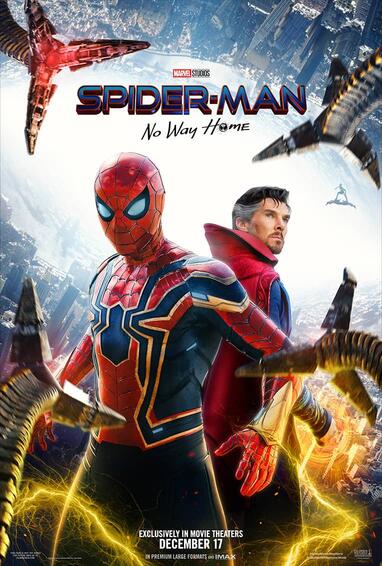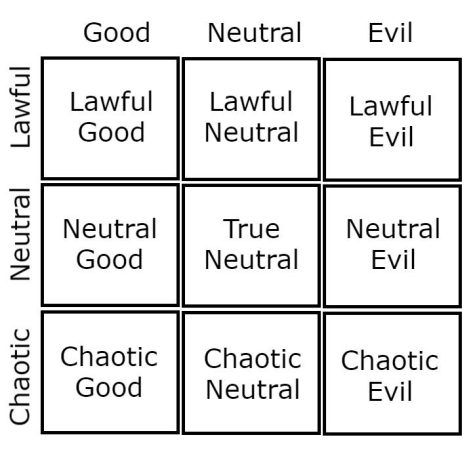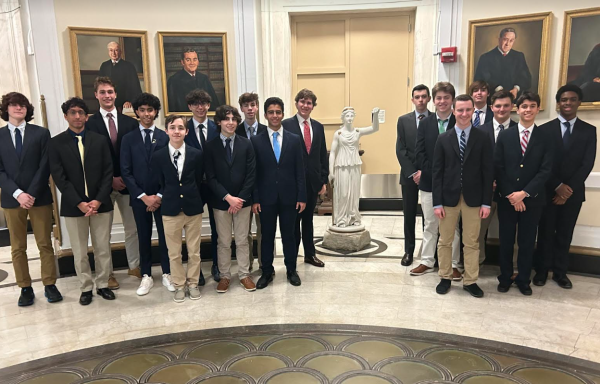Spider-Man: No Way Home Review (Contains Spoilers)

Image courtesy of Marvel
January 6, 2022
*MAJOR SPOILERS BEYOND THIS POINT*
As of January 2nd, 2022, “Spider-Man: No Way Home,” starring Tom Holland, Andrew Garfield, and Tobey Maguire, has grossed over $609 million in the US and over $1.37 billion worldwide. To put that in perspective, the movie has been out for a mere 17 days and has surpassed “Incredibles 2” (at $608 million), and it is coming up fast on bigger titles such as “The Avengers” ($623 million). Globally, “Spider-Man: No Way Home” has already become the 12th biggest film in history with regards to global gross (Rubin).
Sure, the new Spider-Man movie is, objectively, extraordinarily successful. So what did Marvel do right?
Marvel, in my opinion, has always been the best franchise strictly for its continuity and consistency. They continue this trend in “Spider-Man: No Way Home.” Both Andrew Garfield and Tobey Maguire exceeded my expectations for a couple of reasons. Admittedly, I had not seen either actor in a movie in a long time, and it was refreshing to see that each actor lived up to the hype (especially because they had not been in a Spider-Man movie in years). While there were slightly awkward moments between the three stars of the film, I believe that it was purely by design. Additionally, Marvel made it seem like Garfield and Maguire’s Spider-Man never stopped being a “friendly neighborhood spider,” as portrayed through several running jokes about back pain from all the swinging. However, this was also a joke to comment on Tobey Maguire’s age (Spider-Man 3 came out 14 years ago). Even the villains (Doc. Oct, Electro, Sandman, Green Goblin, etc) interacted exactly how one would imagine them to: awkward and mistrusting, especially after how they left things in the original Spider-Man movies (Maguire’s Spider-Man) as well as The Amazing Spider-Man (Garfield’s Spider-man). For those who have seen No Way Home, there is an elephant in the room that is yet to be discussed, and that is the tragic death of Aunt May, played by Marisa Tomei. Again, this plays into the motif, across all universes of Spider-Man, of loss. For Maguire, it was Uncle Ben, Garfield; Gwen Stacy, and, now, Holland lost his mother figure, Aunt May. Although tragic and intensely emotional, her death was a watershed part of the movie.
After my close friend, Michael, and I watched the movie, he exclaimed, “Spider-Man was the villain.” While I see his point of view, for Tom Holland’s Peter Parker tampered with Dr. Strange’s spell, causing it to fail and leak other universes (which included other versions of Spider-Man and antagonists) into the current one, calling Holland’s character a “villain,” does not sit right with me. To me, I tend to use the Dungeons and Dragons’ laws of alignment, seen below.

Vertically, it shows good, neutral, and evil, to represent what side a character is on. Horizontally, the chart describes lawful, neutral, and chaotic to describe what kind of role a character plays. If a character is lawful, then he or she follows some sort of code imposed by others. Neutrals do not adhere to any kind of code of ethics and mainly serve whatever side they are on (true neutral being an exception); they do not seek chaos. Finally, chaotics has no regard for any rules or regulations as they serve their side. I would consider a “villain” to be any of the evil categories. Already, Tom Holland’s character fails to qualify for any evil category, for his intentions were good. He simply wanted people to forget that he is Spider-Man, with a few exceptions (Aunt May, MJ, Ned among others). As Michael told me, this act of implementing exceptions to the spell was selfish, and I agree. However, this does not mean that Holland’s Peter Parker is the villain of the story.
According to the rules of alignment of Dungeons and Dragons, a chaotic neutral character will follow the impulses of the heart while disregarding traditions and rules. Peter Parker did just that: he disregarded the rules of magic for the sake of his selfish desires. Therefore, he is not evil for he did not mean for the other universes to leak into his. He is also not neutral for he was definitely swayed to benevolence by his innate code of ethics (it could be argued that Peter Parker’s code of ethics was strengthened or at least altered from his exposure to The Avengers, especially Tony Stark as Peter tries to fill the shoes left by Iron Man, as revealed in Spider-Man: Far From Home). In conclusion, Parker begins the movie as a “chaotic neutral” character. You may be wondering, “well, Jack, if Peter Parker is not the villain, who is?” In my opinion, there is no primary villain. To me, “Spider-Man: No Way Home” is a story not about bashing nostalgic characters from older films, but a story of maturity. Peter Parker’s tampering with Dr. Strange’s spell led to the entire conflict of the movie, so, in essence, Parker is responsible for all the subsequent events in the movie: May’s death, allowing the super-villains to wreak havoc on the world, etc. The three Spider-Men spend a majority of the screen time cleaning up what Holland’s Peter Parker started. While the fight scenes and comedic bits were entertaining, the character development of Holland’s Peter Parker is what stood out to me the most. Like all main figures in media, he is a dynamic character, so, for our purposes, he moved around the alignment chart throughout the movie. One example of this was when Dr. Strange finally contained the spell and made it possible for Holland’s Peter Parker to send all of the interdimensional beings back to their respective universes. However, this would lead to their death. Inspired by Aunt May (who had not died yet), Peter Parker decided to work to “cure” the villains to give them a second chance. Taken at face value, Parker tampers with fate, which is universally known as a huge red flag when it comes to fictional works of literature, TV shows, or movies. However, his intention of giving these villains a second chance speaks to his altruistic nature, upgrading him to the “neutral good” category.
Parker’s character development was far from linear. After Aunt May died at the hands of Green Goblin, Parker was filled with rage. After the final battle, Green Goblin was defenseless, and Holland’s Spider-Man capitalized on it, beating him senseless and without mercy. It was plain to see that he, justifiably so, wanted revenge paid in blood. Just before he was about to deliver the fatal blow, the other Spider-Man characters were able to subdue Holland’s Spider-Man, allowing the Green Goblin to be cured back into Norman Osborn. This display of ruthlessness pushed Holland’s Spider-Man into the “chaotic evil” category. According to Wikipedia, a chaotic evil character has “no respect for rules, other people’s lives, or anything but their own desires, which are typically selfish and cruel.”
Holland’s Peter Parker did not remain as a chaotic evil character. At the end of the movie, he told Dr. Strange to redo the spell, but he affirmed that he wanted everybody in the world to forget who Peter Parker was. This, in my opinion, was the ultimate sacrifice of the movie, which made it that much more powerful, for Parker knew that, in doing this, he would lose the following: his girlfriend, probable admission to MIT, his best friend, and everyone who cared about him. However, in order to ensure that another interdimensional outbreak would not occur again, Parker was certain that this was what he had to do.
This action completes his character arch. Knowing the consequences, abiding by the rules of magic, and acting with altruism are all characteristics of a “lawful good” character, which is seen as the purest on the DND alignment chart. Peter Parker, by the end of the movie, is destined to start over in a universe where nobody knew his name, thereby living with his mistakes in his very own purgatory. By taking accountability for his actions, Parker showed a significant amount of maturity that he did not have at the beginning of the film.
In conclusion, this movie had it all: the humor, the action, nostalgia and callbacks, and a deep, resonating message that can be applied to everyday life. When compared to other Marvel movies released in 2021: Black Widow, Shang-Chi and the Legend of the Ten Rings, and Eternals, “Spider-Man: No Way Home” beats all of them in a landslide.










